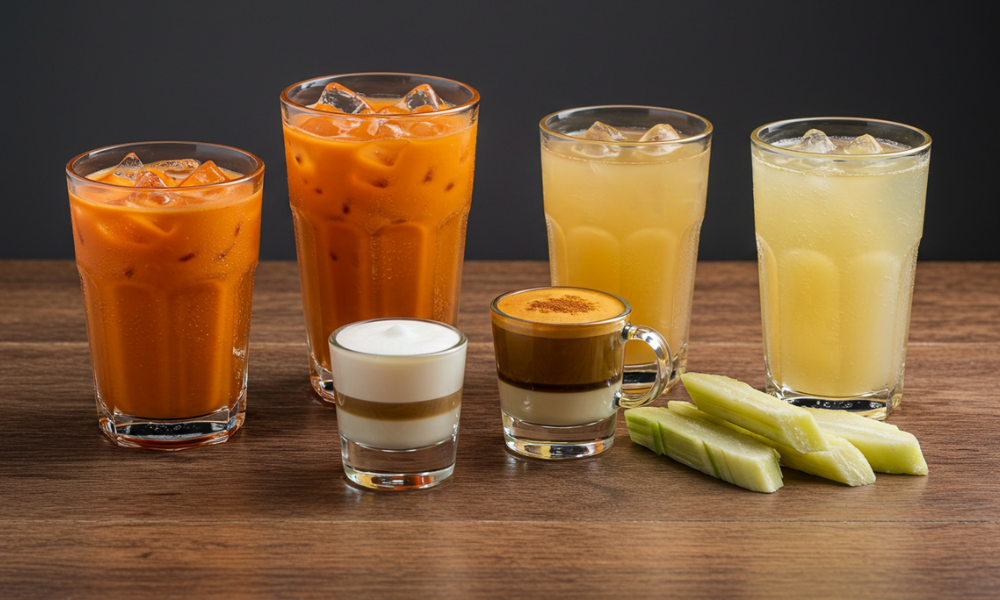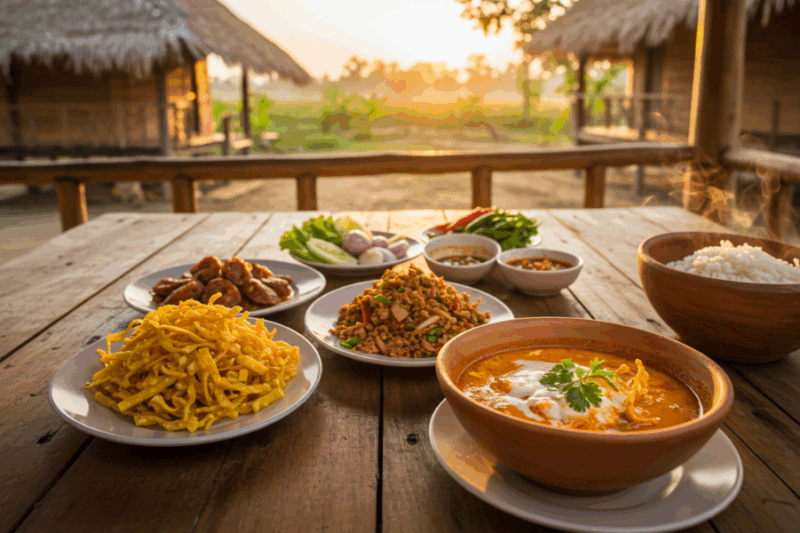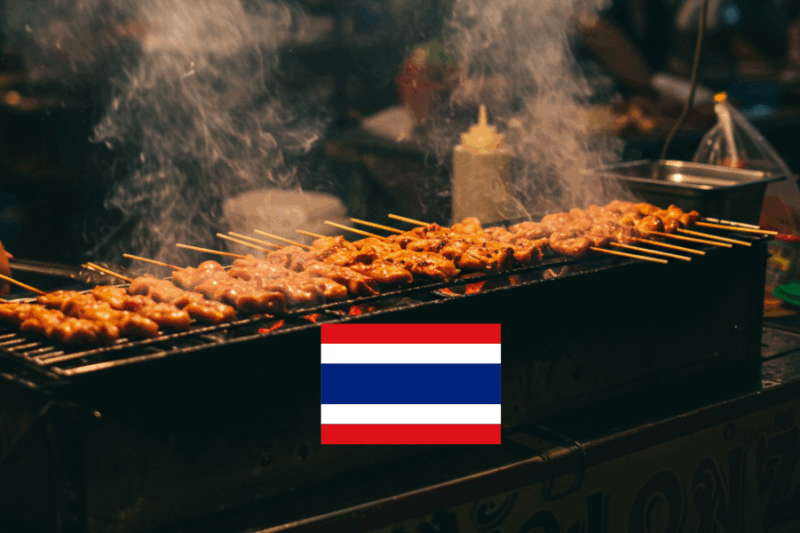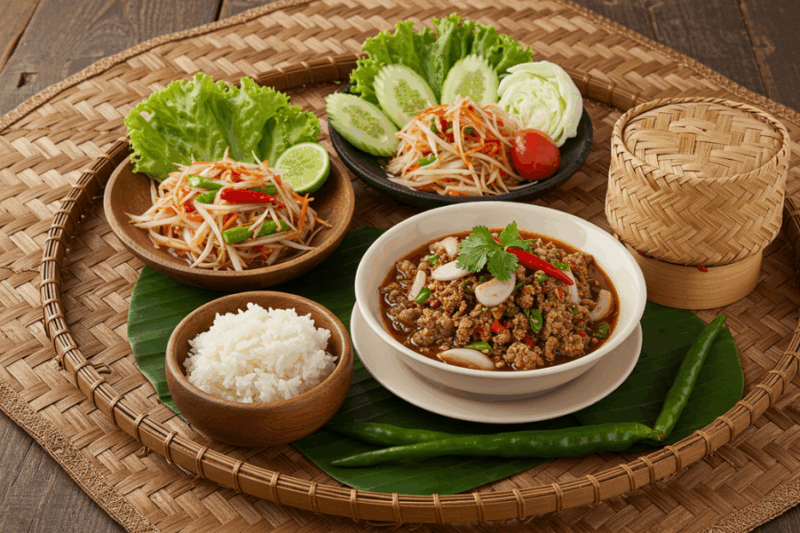Southeast Asia’s vibrant food scene extends to its drinks, offering refreshing, bold, and culturally rich beverages that reflect local traditions. For minimalist travelers, sampling these drinks is a lightweight way to dive into the region’s heritage, requiring just a reusable water bottle and an open mind. From Vietnam’s iconic iced coffee to Thailand’s fiery rice whiskey, these eight local drinks are must-tries, affordable at $0.50–3 each, and widely available at markets or street stalls. Here’s a curated list to quench your thirst while keeping your 20–30L carry-on uncluttered and your budget intact.

1. Cà Phê Sữa Đá (Iced Coffee with Condensed Milk) – Vietnam
Vietnam’s signature drink is a strong, bittersweet blend of drip-filtered robusta coffee poured over ice and sweetened with condensed milk. Served in a glass with a straw, it’s a perfect pick-me-up in Hanoi’s humid streets (30°C/86°F), costing 20,000–40,000 VND ($0.80–1.60). The slow drip process, often at your table, adds to the experience. For minimalists, it’s a compact caffeine hit, no extra gear needed. Why Try: Bold, creamy, and iconic; a cultural staple in Vietnam’s cafe scene.
Where to Find: Street stalls in Ho Chi Minh City’s District 1 or Hanoi’s Old Quarter. Try Cộng Cà Phê for a retro vibe ($1.50).
Minimalist Tip: Carry a reusable straw ($5) to reduce waste; sip slowly to savor.
2. Teh Tarik (Pulled Tea) – Malaysia
Teh tarik is a frothy, milky tea made by “pulling” hot tea between two containers to aerate it, creating a creamy texture. Sweetened with condensed milk, it’s served hot or iced for 2–5 MYR ($0.50–1.20) at mamak stalls. In Kuala Lumpur, I loved its rich, caramel-like flavor alongside roti canai. It’s a quick drink, fitting minimalist travel with no need for extra gear beyond a water bottle ($15) for hydration. Why Try: Smooth, theatrical preparation; a Malaysian breakfast classic.
Where to Find: Mamak stalls in Penang’s George Town or KL’s Jalan Alor Night Market.
Minimalist Tip: Pair with street food ($1–2) for a budget meal; visit stalls during peak hours (7–9 PM).
3. Sugarcane Juice (Nước Mía) – Cambodia
Freshly pressed sugarcane juice, served over ice with a squeeze of lime, is a sweet, hydrating drink found across Cambodia’s markets for 2,000–5,000 KHR ($0.50–1.25). In Phnom Penh’s Psar Toul Tom Pong, I watched vendors crush cane stalks, delivering instant refreshment. For minimalists, it’s a plastic-free option if you use your own bottle ($15) or straw ($5), perfect for hot days (32°C/90°F). Why Try: Naturally sweet, energizing; a street-side ritual.
Where to Find: Psar Chas in Siem Reap or roadside carts in Battambang.
Minimalist Tip: Request “no plastic” (gesture if needed); carry hand sanitizer ($3) for pre-sip hygiene.
4. Lao-Lao (Rice Whiskey) – Laos
Lao-lao is a potent, home-brewed rice whiskey, often served in small shots (20–40% ABV) for 5,000–10,000 LAK ($0.25–0.50) at local eateries. In Luang Prabang, I tried it with sticky rice, its fiery kick a cultural rite. For minimalist travelers, it’s a lightweight indulgence (no bottle to carry), but sip sparingly to avoid overdoing it. Pair with water from your reusable bottle ($15). Why Try: Raw, authentic; a glimpse into Lao village life.
Where to Find: Night markets in Vientiane or small bars in Vang Vieng.
Minimalist Tip: Limit to 1–2 shots to stay budget-conscious; ask for “local lao-lao” for authenticity.
5. Nam Vang (Tamarind Juice) – Thailand
Nam vang is a tangy, refreshing tamarind juice, often sweetened and served chilled for 20–40 THB ($0.60–1.20) at Thai street stalls. In Chiang Mai, its sour-sweet balance was perfect after spicy som tam. For minimalists, it’s a hydrating, low-cost drink, easily sipped through a reusable straw ($5) to minimize waste. It’s a lighter alternative to sugary sodas. Why Try: Zesty, cooling; a Thai market favorite.
Where to Find: Chatuchak Market in Bangkok or Warorot Market in Chiang Mai.
Minimalist Tip: Say “mai sai nam tan” (less sugar) for a healthier version; carry a scarf ($5) for sun protection while exploring.
6. Bandrek (Spiced Ginger Drink) – Indonesia
Bandrek is a warm, spicy drink made from ginger, palm sugar, cinnamon, and sometimes coconut milk, popular in cooler areas like Bandung for 10,000–20,000 IDR ($0.60–1.20). I loved its warming kick on a Bali evening (25°C/77°F). For minimalist travelers, it’s a cozy, gear-free treat, often served in small cups, leaving your 20L backpack ($50) unburdened. Why Try: Comforting, aromatic; a Javanese tradition.
Where to Find: Street vendors in Yogyakarta or night markets in Bali’s Ubud.
Minimalist Tip: Sip at stalls to avoid takeaway cups; journal the experience in a notebook ($3).
7. Avocado Smoothie (Sinh Tố Bơ) – Vietnam
This creamy smoothie blends ripe avocado, condensed milk, and ice, creating a rich, dessert-like drink for 25,000–50,000 VND ($1–2) in Ho Chi Minh City’s cafes. Its velvety texture was a highlight during my District 1 strolls. For minimalists, it’s a filling snack-drink, reducing meal costs ($1–2 savings), and pairs well with a reusable straw ($5) for eco-conscious sipping. Why Try: Luscious, unique; a Vietnamese twist on smoothies.
Where to Find: Ben Thanh Market stalls or cafes in Da Nang’s Han River area.
Minimalist Tip: Request “ít đường” (less sugar) for balance; use a reusable container ($10) if ordering to go.
8. Bia Hơi (Fresh Beer) – Vietnam
Bia hơi is Vietnam’s light, crisp “fresh beer,” brewed daily and served ice-cold in plastic cups for 5,000–15,000 VND ($0.20–0.60) at sidewalk bars. In Hanoi’s Ta Hien Street, I joined locals for this low-ABV (3–4%) social drink. For minimalist travelers, it’s a budget-friendly buzz, requiring no extra gear—just your water bottle ($15) to alternate sips and stay hydrated. Why Try: Cheap, communal; a Hanoi nightlife essential.
Where to Find: Bia hơi joints in Hanoi’s Old Quarter or HCMC’s Bùi Viện.
Minimalist Tip: Limit to 2–3 cups to keep costs low; say “chúc sức khỏe” (cheers) to connect with locals.
Tips for Enjoying Drinks as a Minimalist Traveler
- Pack Light: Carry a 20–30L backpack ($50, e.g., Osprey Daylite) with a reusable water bottle ($15), straw ($5), hand sanitizer ($3), and notebook ($3) for journaling flavors. Total <7 kg, carry-on compliant.
- Budget Wisely: Drinks cost $0.20–2, keeping daily expenses at $15–30 (hostel $5–10, food $5–8, transport $2–5). Save $1–3/day by choosing stalls over cafes.
- Stay Eco-Conscious: Use reusable straws or bottles to reduce plastic waste. Say “không túi” (no bag, Vietnam) or gesture to skip packaging.
- Cultural Respect: Learn toasts like “một, hai, ba, yo” (Vietnam) or “sok dee” (Laos). Sip slowly to show appreciation; avoid public drunkenness.
- Hygiene First: Choose busy stalls for fresh drinks; check ice quality (clear, not cloudy). Carry a small first-aid kit ($5) for stomach upsets.
- Plan Smart: Visit markets during peak hours (5–8 PM) for vibrant drink scenes. Shoulder season (April–May, Sept–Oct) offers cooler sipping weather.
Why These Drinks Are Must-Tries
These Southeast Asian drinks are affordable ($0.20–2), accessible at street stalls, and deeply tied to local culture, making them perfect for minimalist travelers. They require no extra gear beyond a straw or bottle, keeping your pack light. On my Vietnam trip, I spent $5/day on drinks and food, saving $10–15 vs. tourist cafes, while connecting with locals over bia hơi. Compared to Western beverages ($3–5), these offer better value and authenticity, from Malaysia’s frothy teh tarik to Laos’ fiery lao-lao.




tadalafil gel cialis 5mg daily cialis medication
sildenafil tadalafil viagra 25 mg tablets sildenafil 8mg
vardenafil 100mg levitra brand online vardenafil brand name
amoxil 1 g amoxicillin injection amoxil generic
buy amoxicillin antibiotics buy amoxicillin antibiotic online buy amoxicillin tablets
buy levitra 10 mg buy levitra 10mg generic buy levitra tablets
buy viagra australia buy sildenafil tablet buy viagra now
buy cialis 50mg buy tadalafil 10mg online buy tadalafil 20mg injection
h8scsb
online pharmacy priligy online pharmacy generic cialis online pharmacy weight loss